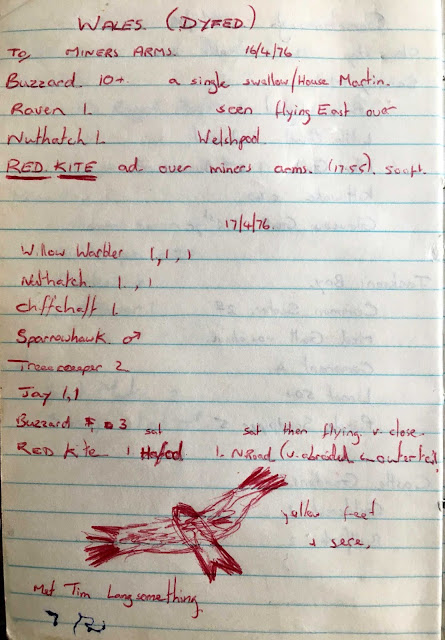 |
| Bank Vole |
More Dark Green Fritillary caterpillars seen today, possibly another dozen in three different locations so surely there will be some adults on the wing in the summer. My first Emperor Moth of the year today and several Common Lizard enjoying the sunshine and a calling Cuckoo.














